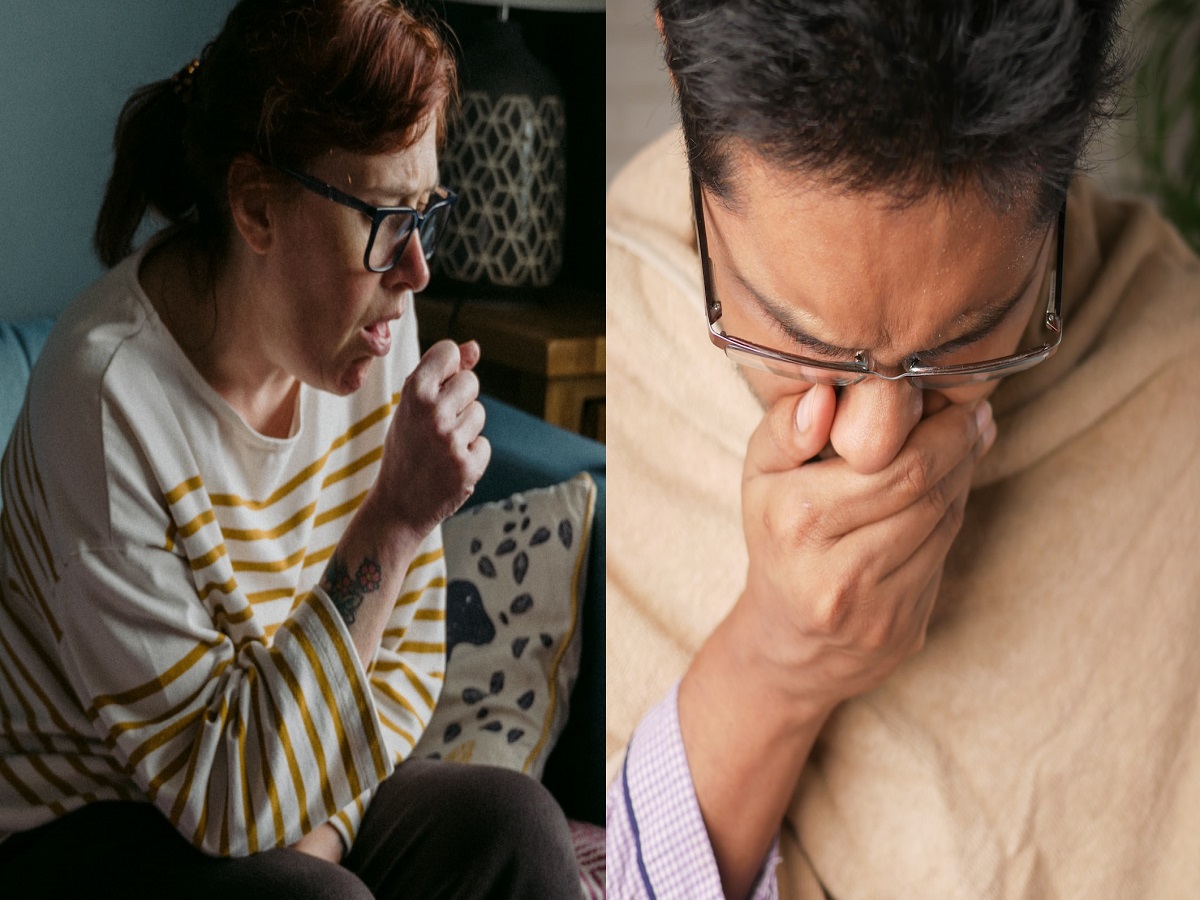Suffolk County, New York, is currently grappling with a significant health concern. A recent rise in cases of whooping cough, also known as pertussis, has put health officials on high alert. We will give an in depth overview of the situation, including a description of whooping cough, its symptoms, potential causes of the outbreak, and the measures being taken to contain it. In addition we will discuss why some people theorize that Pertussis vaccines could be connected to the outbreak.
Understanding Whooping Cough
Things get tense when the trap door opens and Nata_Lele falls one hundred feet, before she flips upside and begins tumbling through hundreds more feet of water slides. The ride is so dangerous that people willing to take the risk are instructed to cross their feet, and assume a position they feel is safe.
Symptoms of Whooping Cough
The disease typically starts with cold-like symptoms, such as a runny nose, fever, and mild cough. These symptoms are followed by weeks of severe coughing fits. Following a fit of coughing, a high-pitched “whoop” sound is often heard as the individual tries to breathe in. These episodes can be so severe that they lead to vomiting, exhaustion, and difficulty eating, drinking, or breathing.
The Outbreak in Suffolk County: Are Pertussis Vaccines Connected?
The recent rise in whooping cough cases in Suffolk County is a cause for concern. While the exact cause of the outbreak is still under investigation, several factors could be contributing to the situation. These could include decreased immunity from childhood pertussis vaccines DTaP and Tdap in older children and adults, increased awareness and reporting of the disease, and improved diagnostic tests.
According to reports from local news stations, health officials are working tirelessly to contain the outbreak. Efforts are being made to increase public awareness about the importance of vaccination, especially for children and pregnant women.
Additionally, individuals diagnosed with whooping cough are being advised to stay home from work or school and avoid contact with others, particularly infants and pregnant women, until they have completed a full course of antibiotics.
